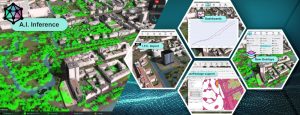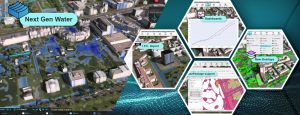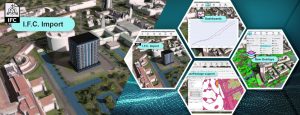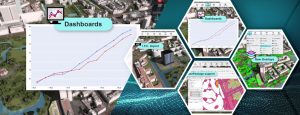The annual Tygron Community of Practice took place this year on November 11th. This meeting is by and for users: a moment where knowledge, experience, skills, applications, and the latest technological developments converge. During the CoP, several Tygron users, including engineers from Aveco de Bondt, shared their experiences using the platform.
The session on Aveco de Bondt’s use of Tygron clearly demonstrated how policy and the design of public spaces are increasingly converging. This is achieved through interaction, visualization, and, above all, collaboration. Hoi-Man Hau, Urban Water Consultant, and Guy van Hemel and Emiel Oosterhuis, both Urban Water Consultants at Aveco de Bondt, presented two practical cases in which Tygron served as a catalyst for discussions that would normally be much more difficult.
Hoi-Man Hau explained his initial skepticism about using Tygron in his field. Initially, he viewed Tygron primarily as “fancy software”: “Pretty pictures, nice visualizations, but what can it actually do?” It wasn’t until he incorporated the platform much earlier in the process that things started to click. While policy can easily get bogged down in abstractions, the tool actually sparked dialogue between stakeholders because every intervention could be immediately calculated and visualized.
From policy to practice
The first case study was a good example. In an existing residential area without planned sewer renovations, they still wanted to take climate-adaptive steps. By simulating a 90mm downpour, it immediately became clear where water accumulates and how it moves. Emiel Oosterhuis explained why Tygron was used in this case study. “It’s an excellent visualization tool. We’d like to sit down with policymakers and show them where the problems lie and how we can solve them.”
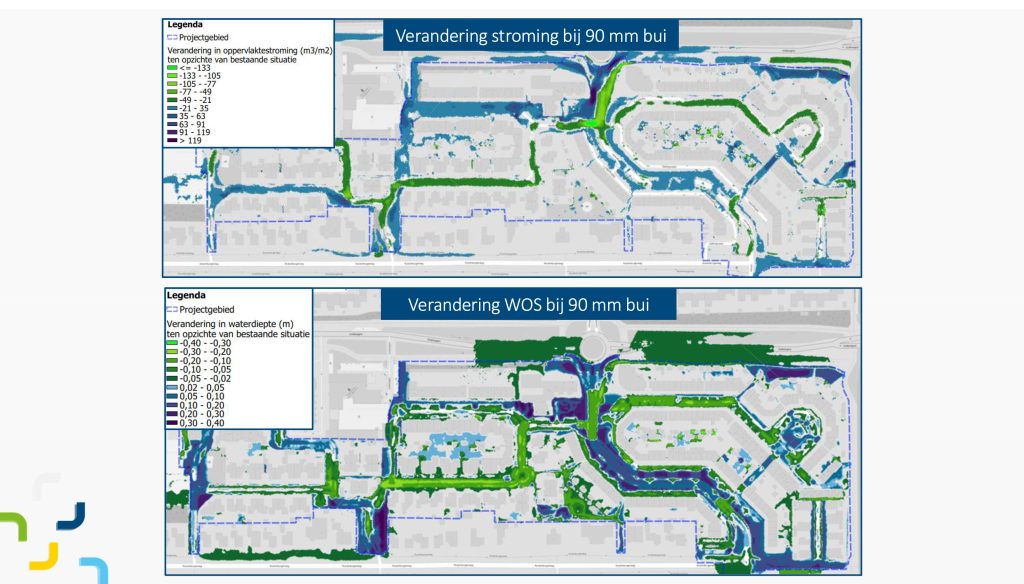
This allowed design choices like more greenery, permeable parking spaces, and raised speed bumps to be calculated live. The resulting maps proved more convincing than any written explanation. Moreover, unexpected insights emerged, such as routes that proved unsafe for emergency services during extreme rainfall. Because policymakers, designers, administrators, and consultants worked through the model together, a shared understanding of the substantive frameworks and technical limitations emerged. “By the end of the process, you could tell they had gained a better understanding of each other. And also the drive to focus not on the limitations, but on the opportunities,” says Oosterhuis.
From practice to policy
The second case took place in a subsiding and water-prone neighborhood in the west of the country. Here, tensions between disciplines came to a sharp halt. While water consultants were enthusiastic about interactive simulations, the road manager focused primarily on risks and maintenance reliability. Guy van Hemel gave an example of how far apart the parties sometimes were: “The road manager at the table actually wanted to just asphalt everything. That shows how conservative they were, while others wanted to do something innovative with the available space.” By not avoiding this tension, but making it visible, a shared course of action ultimately emerged.
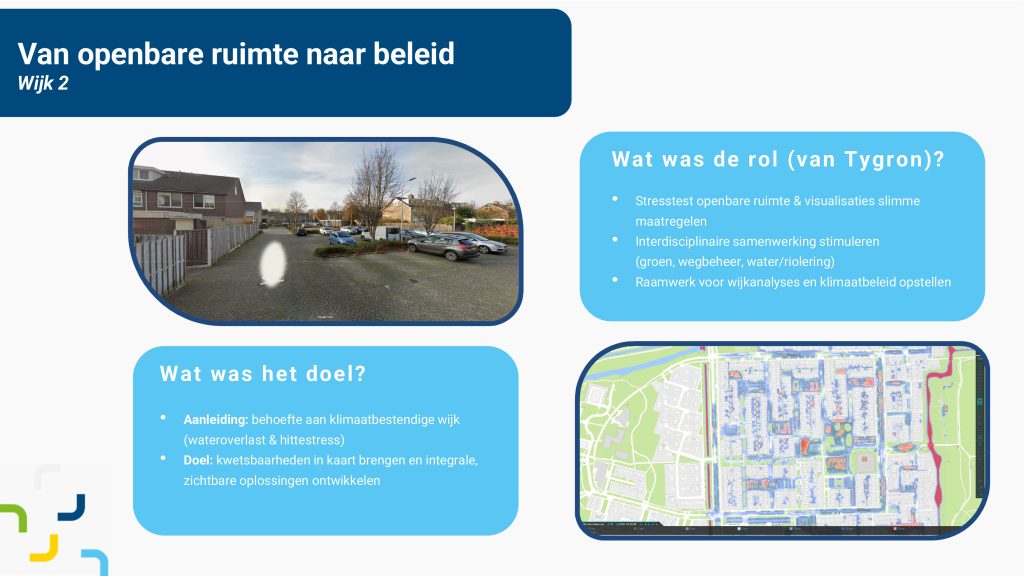
What emerged strongly was that Tygron isn’t necessarily the ultimate solution, but it does accelerate the conversation that leads to better solutions. The tool helps concretize ambitions, makes choices transparent, and exposes where policy and practice clash. However, it was essential that everyone clearly understand the model’s level of abstraction to avoid disappointment or misinterpretation.
Aveco de Bondt’s session demonstrated that digital simulation isn’t just a technical tool, but also a way to work more integrated and intelligently. And perhaps even more importantly, it allows policymakers and practitioners to communicate with each other instead of at cross purposes.


